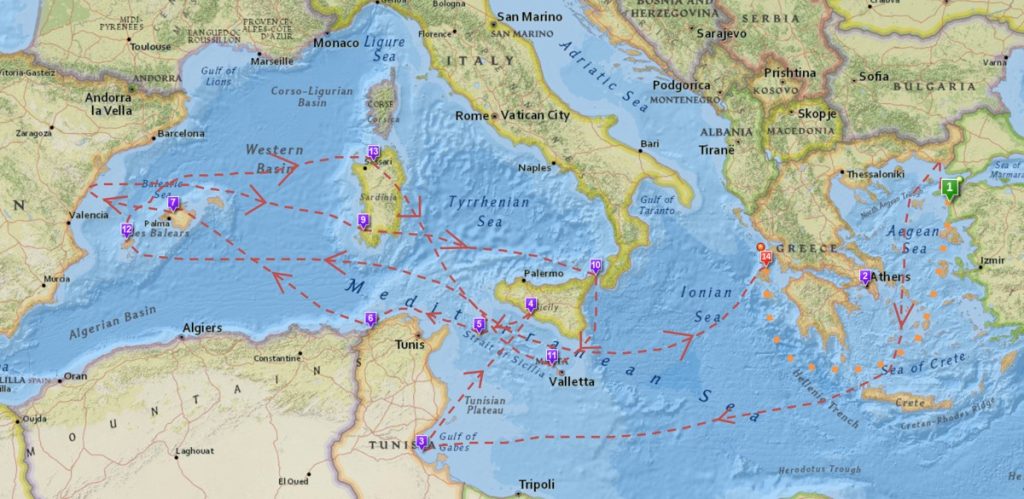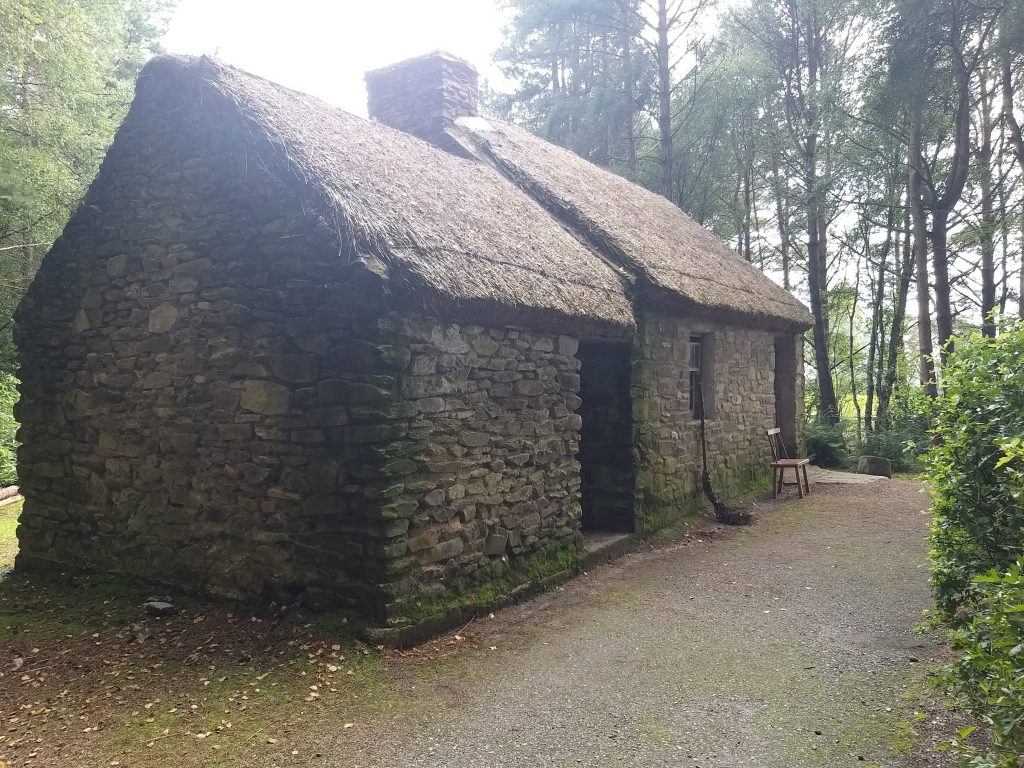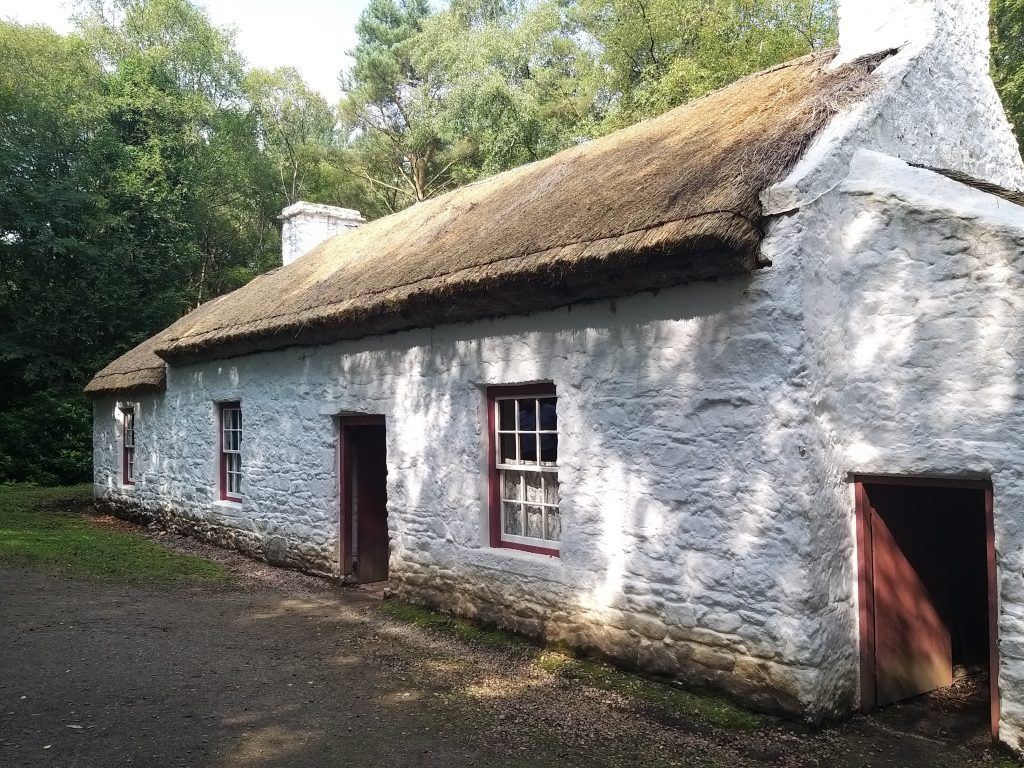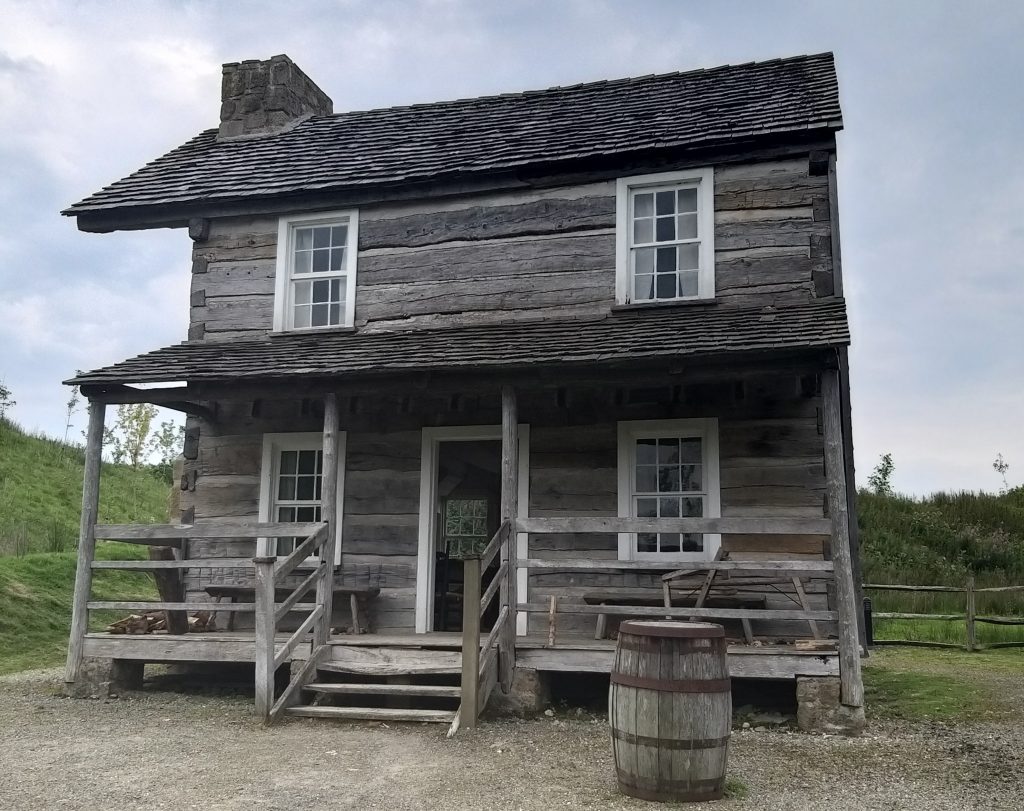Classicists, ancient historians, and the general reader are familiar with the story of a family man, separated from his wife and baby son, and reunited joyfully after 20 years. The myth of the abduction of Helen by Paris, the 10-year Trojan War which followed, and the further 10-year-long homecoming of Odysseus to Ithaka, is contained within, among other works, Homer’s Iliad and Odyssey.
The Greek epic cycle of myths tell us that the Greeks sailed to Troy in order to seize Helen, wife of Menelaus, and restore her to her rightful home in Sparta with her husband and daughter. War ensued and Troy was eventually overcome by the Greeks concealed within the wooden horse. For Odysseus, a decade of war was followed by another decade of wandering. He was detained by Calypso for seven years, and endured many dangerous adventures such as capture by the giant, one-eyed Cyclops and a journey to the Underworld.

Despite losing his fleet of ships and all his men in a series of incredible and fantastic adventures, Odysseus’ story has a happy ending. He is reunited with his wife Penelope, who has been avoiding marriage to one of the many suitors who have moved into the palace. So sure is Penelope that her husband will eventually return to her, that she does everything in her power to repel the suitors who are intent on destroying Odysseus’ palace and eating up his belongings. She insists that she will marry one of the suitors once she has finished weaving a burial shroud for her father-in-law, Laertes, but every night, after weaving all day, she unpicks her work to delay the shroud’s completion. At the time of Odysseus’ homecoming, his son Telemachus, a baby when Odysseus left for Troy, is now grown to manhood. Father and son join together to brutally slaughter the suitors (no Greek myth is complete without the bloodbath), and the family live happily ever after.
The ancient Greek myths are magical, exciting and often pitiless in their violence. While it is unlikely that a 10-year war was fought for a beautiful woman or that Odysseus endured this dangerous and terrifying journey home to Ithaka, the waters around Troy were indeed important trade routes, as they were situated near the mouth of the Hellespont which leads to the Sea of Marmaris, and, by extension, the Black Sea.
It was only during certain months of the year that marine conditions were calm enough to allow safe passage through the Hellespont and it is likely that Trojan officials imposed tolls on ships for the privilege of waiting nearby for the weather to ease. Not all visiting ships would have been content with this arrangement and fighting surely broke out. Hittite inscriptions indicate that commercial agreements were forged with peoples called “Ahhiyawa” (the Achaean Greeks?) and a city called “Wilusa” (Ilion?) was mentioned. Unfortunately, the truth remains a mystery.
Moving forward 3000 years, we come to the story of Hugh Rogan, one of many thousands of Irish men and women who journeyed to the so-called New World, attempting to escape the poverty and hardship of Ireland in the 18th and 19th centuries. The harsh, 3000 mile journey across the Atlantic to Philadelphia could take as long as 12 weeks.
Hugh Rogan’s odyssey to the New World took place approximately 35 years after the lesser-known 1740/41 famine which killed 38% of the population, a proportionately greater loss than the numbers who died during the Great Famine which occurred in Ireland between 1845 and 1852. Hugh’s story is kept alive by the Ulster-American Folk Park, a living museum in County Tyrone, Northern Ireland, which tells the story of Irish emigration. The Folk Park houses original properties from both Northern Ireland and America which have been painstakingly photographed, catalogued, bricks numbered, and transported to the site of the museum to be rebuilt.


Visitors are guided towards the ship to ‘sail’ across the Atlantic. On disembarkation, they find that they have arrived in the New World where exhibits include wagons, smokehouses and log cabins.

Hugh was born in 1747 near Strabane in County Tyrone. At the age of 26, he married Nancy, 10 years his junior. When their son Bernard was less than a year old, Hugh left his family to travel to America. There are conflicting reports of his reasons for leaving. One story states that Hugh had become active in fighting the oppression of British landlords, and was forced to leave Ireland with his brother-in-law Declan Carlin. An alternative reason given for his departure was that he intended to establish a business in America and would return, in time, for his wife and son. He arrived successfully in America, but before he could return to Ireland to collect his family, the War of Independence broke out and he found himself once again fighting against the British Crown.
Hugh remained in America and settled in Tennessee, and there are reports of him participating in many brave exploits both in the War of Independence and in protecting the local community from the Native American Indians. A decade after his arrival, the war against the British was over. Hugh believed it was now an opportune time to travel back to Ireland to his wife and son. His brother-in-law, Declan, who had also left his wife in Ireland, had married a local girl and had no intention of ever returning home. Declan was worried that if Hugh made it back to Ireland, he would tell his wife what he had done. So Declan persuaded Hugh that Nancy believed her husband to be dead and that she had remarried in Ireland.
Hugh lived in Tennessee for another 10 years when he was tracked down by a nephew who had recently emigrated from Ireland to America. The nephew brought a letter from Nancy begging Hugh to come home. Overjoyed that his wife had not remarried after all, Hugh returned to Ireland to be reunited with his family.
When Odysseus returned to Ithaka, he had been disguised by the goddess Athena as an old man so he could successfully defeat the suitors who were simultaneously competing for Penelope’s hand in marriage, eating all the food in the palace, and partying with the maids. Hugh did not need any such disguise. When Nancy was told that an old man with grey hair had arrived in town claiming to be Hugh, she replied, “That can’t be my Hugh, he has red hair!” Nancy had remained faithful to Hugh for 20 years and still remembered him as a young man.
We can only guess at the stories which Hugh told Nancy to provide proof of his identity. Penelope tested Odysseus by asking the nurse to move the bed outside the bedroom and spread it with blankets. This was impossible because Odysseus himself had carved the bed into an olive tree. When he protests, Penelope knows without doubt that this is her husband. Although there is contention over the point at which Homer’s Odyssey ended, by book 23 line 296 the reunion of husband and wife is concluded by their going to the olive wood bed together.

Nancy and Hugh’s love story continued with their arrival in Tennessee in 1797 after a journey over sea and land which lasted more than nine months. A short time later, Nancy gave birth to a second son named Francis. Hugh died in 1813 at the age of 66 while Nancy survived him by another 26 years, living to the age of 82. The descendants of Hugh and Nancy can be found in Sumner County, Tennessee, while Rogans continue to live in the same area of County Tyrone.
This article was originally published on the Classical Association in Northern Ireland’s website in November 2017.
